AMD Radeon RX 9070 Review
The AMD Radeon RX 9070 enters the graphics card market at an interesting juncture. Hot on the heels of Nvidia's latest generation, this $549 card finds itself directly competing with the underwhelming GeForce RTX 5070. In this matchup, AMD emerges victorious, making the Radeon RX 9070 a compelling choice for 1440p gaming.
However, the situation isn't entirely straightforward. AMD's own Radeon RX 9070 XT, a mere $50 more expensive, presents a tough competitor. While the price difference aligns with the 9070's roughly 8% lower performance, the extra $50 buys a noticeable performance upgrade, making the 9070 XT the more tempting option. Despite this internal competition, AMD's offerings remain strong.
Purchasing Guide
The AMD Radeon RX 9070 launches March 6th, with a starting price of $549. Expect variations in pricing across different models. To maximize value, aim for a model closest to the MSRP, given its proximity in price to the superior RX 9070 XT.
AMD Radeon RX 9070 – Photos
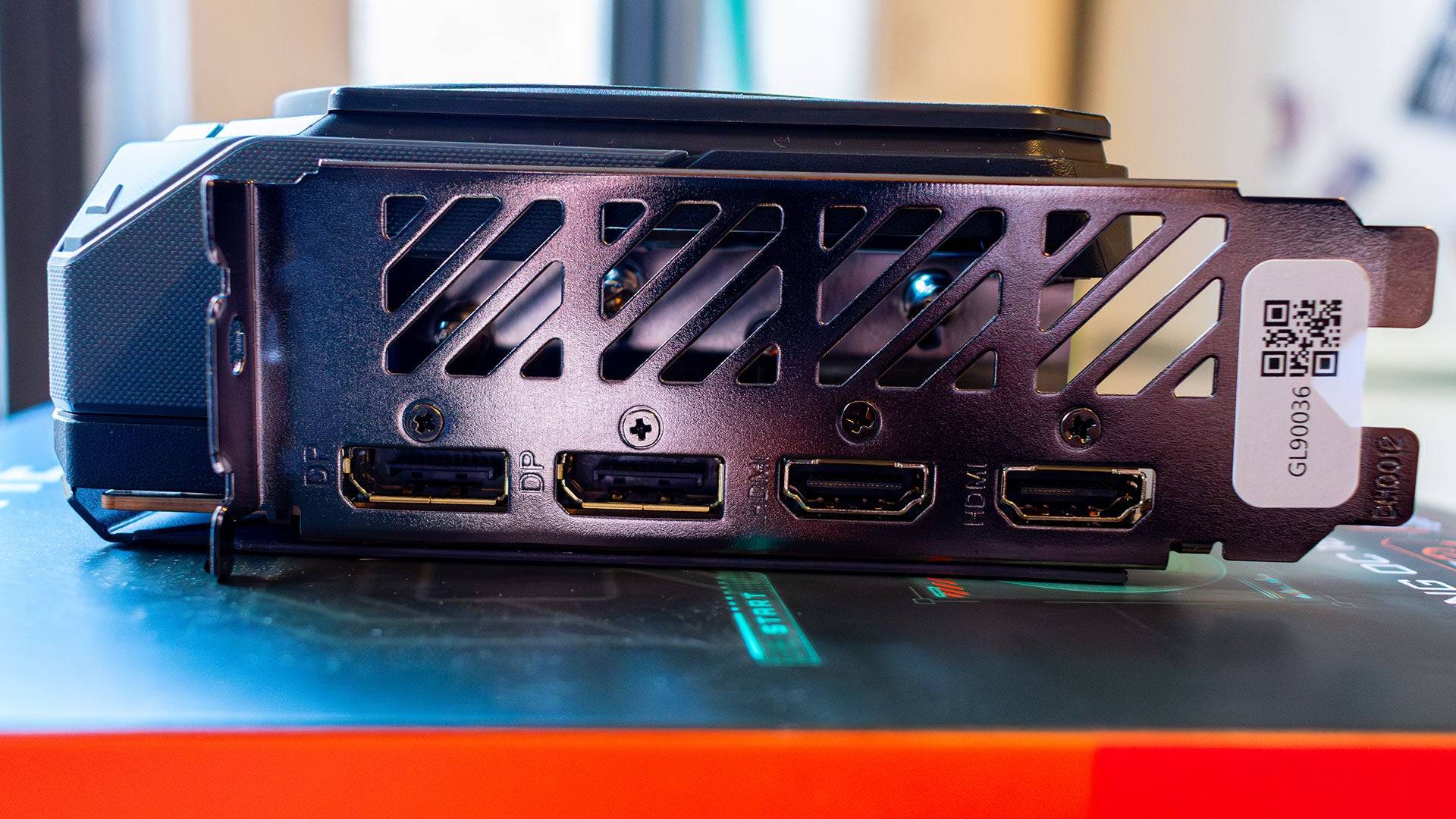
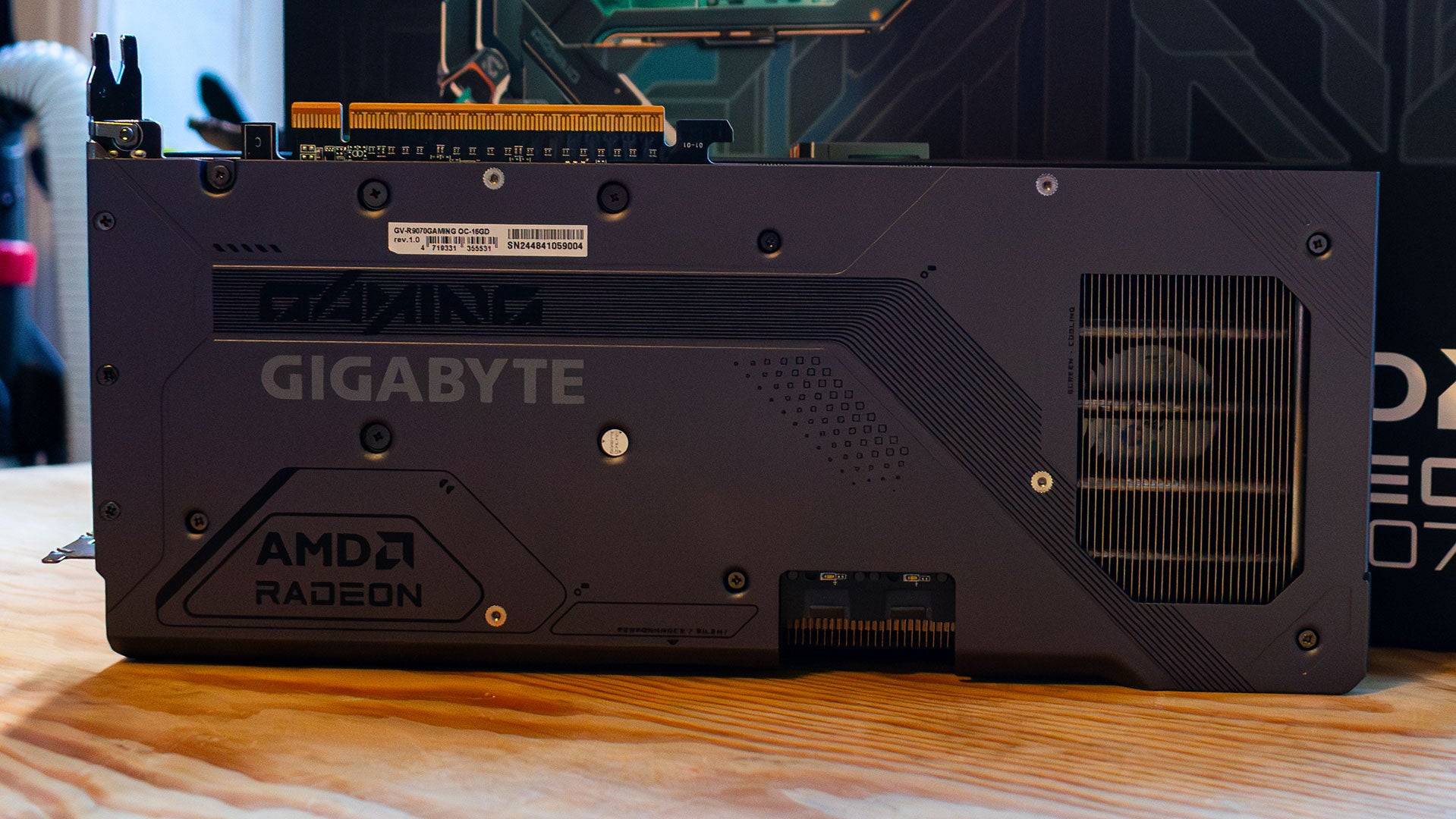 4 Images
4 Images
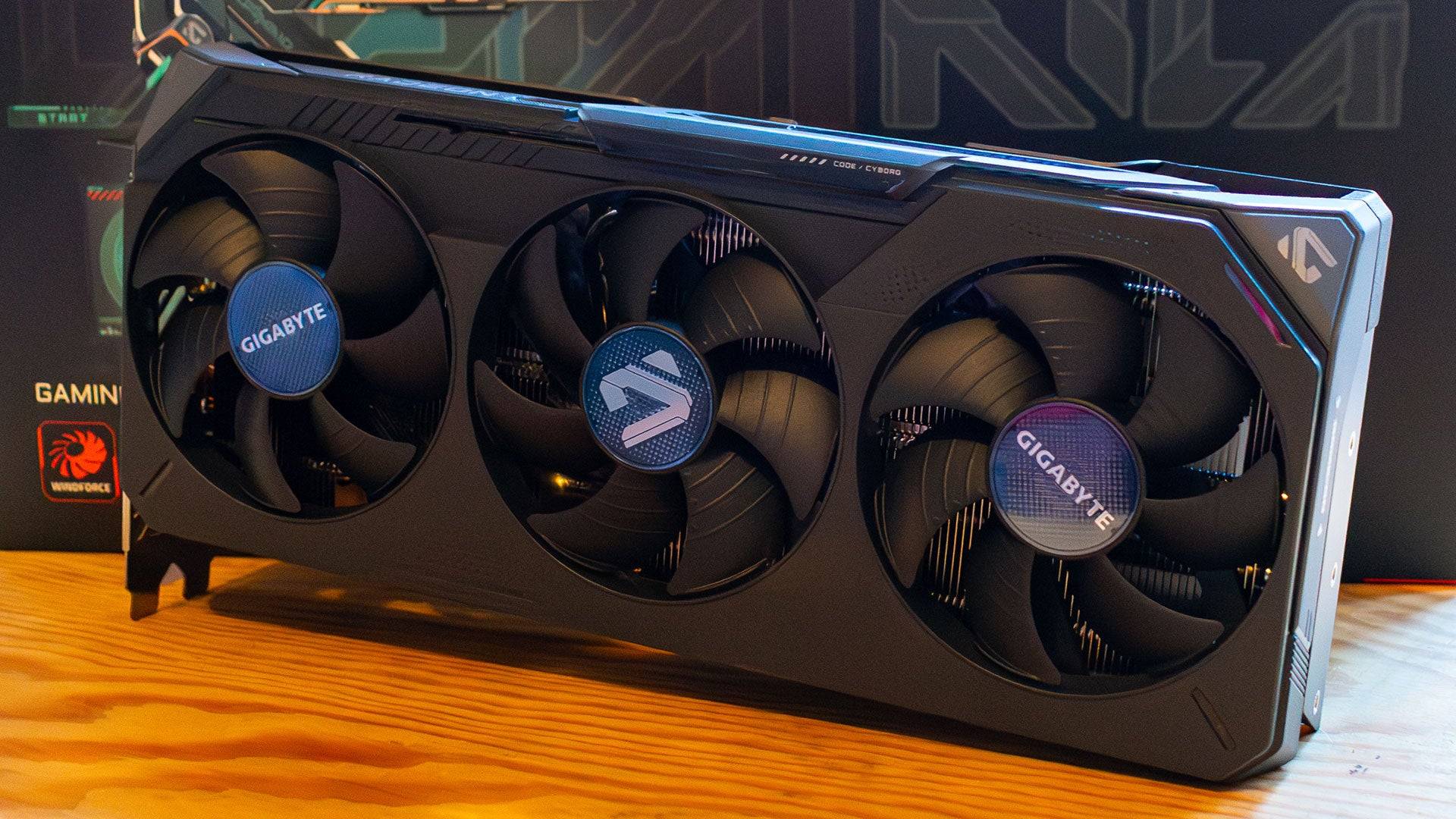
Specs and Features
Like its sibling, the RX 9070 XT, the RX 9070 utilizes the RDNA 4 architecture. This results in significant performance gains, surpassing the previous generation Radeon RX 7900 GRE by a considerable margin despite having 30% fewer compute units.
The RX 9070 boasts 56 Compute Units, each containing 64 Streaming Multiprocessors (SMs), totaling 3,584 shaders. Each compute unit includes one Ray Accelerator and two AI Accelerators, for a total of 56 and 112 respectively. These improved Ray and AI Accelerators significantly enhance ray tracing performance. Furthermore, the upgraded AI Accelerators enable FidelityFX Super Resolution (FSR) 4, marking the debut of AI upscaling on AMD graphics cards.
The card features 16GB of GDDR6 VRAM on a 256-bit bus, mirroring the 7900 GRE's configuration and providing ample capacity for 1440p gaming. While GDDR7 would have been beneficial, it likely would have increased the cost.
AMD recommends a 550W power supply, with a 220W power budget. Testing revealed peak consumption of 249W; a 600W PSU is recommended for safety.
Importantly, unlike previous generations, AMD isn't releasing a reference design. All RX 9070 cards will be from third-party manufacturers. This review utilizes the Gigabyte Radeon RX 9070 Gaming OC 16G, a triple-slot card with a factory overclock.

FSR 4
Since DLSS's emergence, AI upscaling has become a crucial performance enhancer. FSR 4 finally brings this technology to AMD GPUs. Utilizing previous frames and in-game data, an AI model upscales lower-resolution images to the native resolution. Unlike FSR 3's temporal upscaling, FSR 4 incorporates an AI algorithm to minimize artifacts.
The AI processing introduces a slight performance penalty compared to FSR 3. However, the Adrenalin software allows users to toggle between FSR 3 and FSR 4, prioritizing either performance or image quality.
AMD Radeon RX 9070 XT & 9070 – Benchmarks
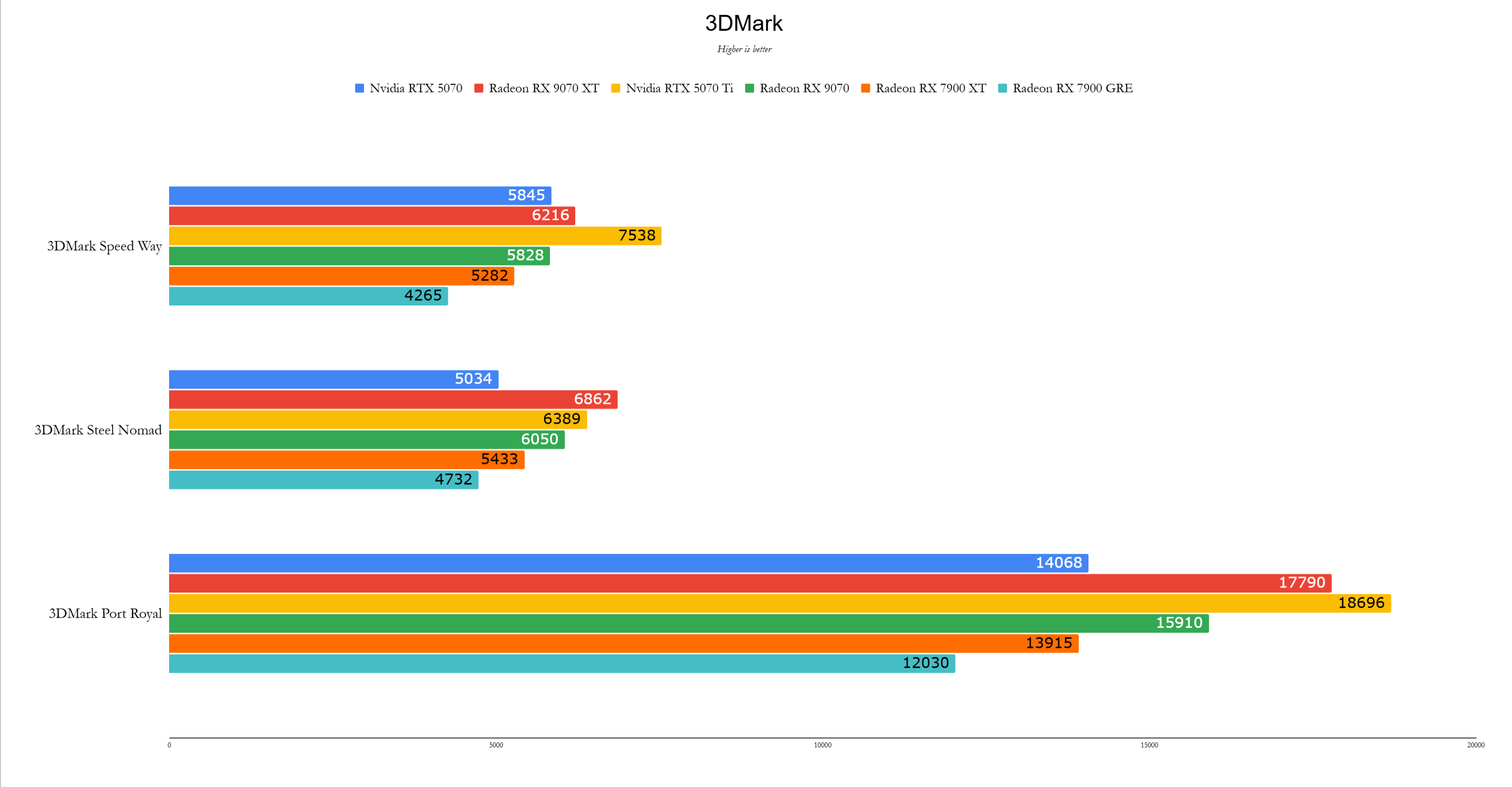
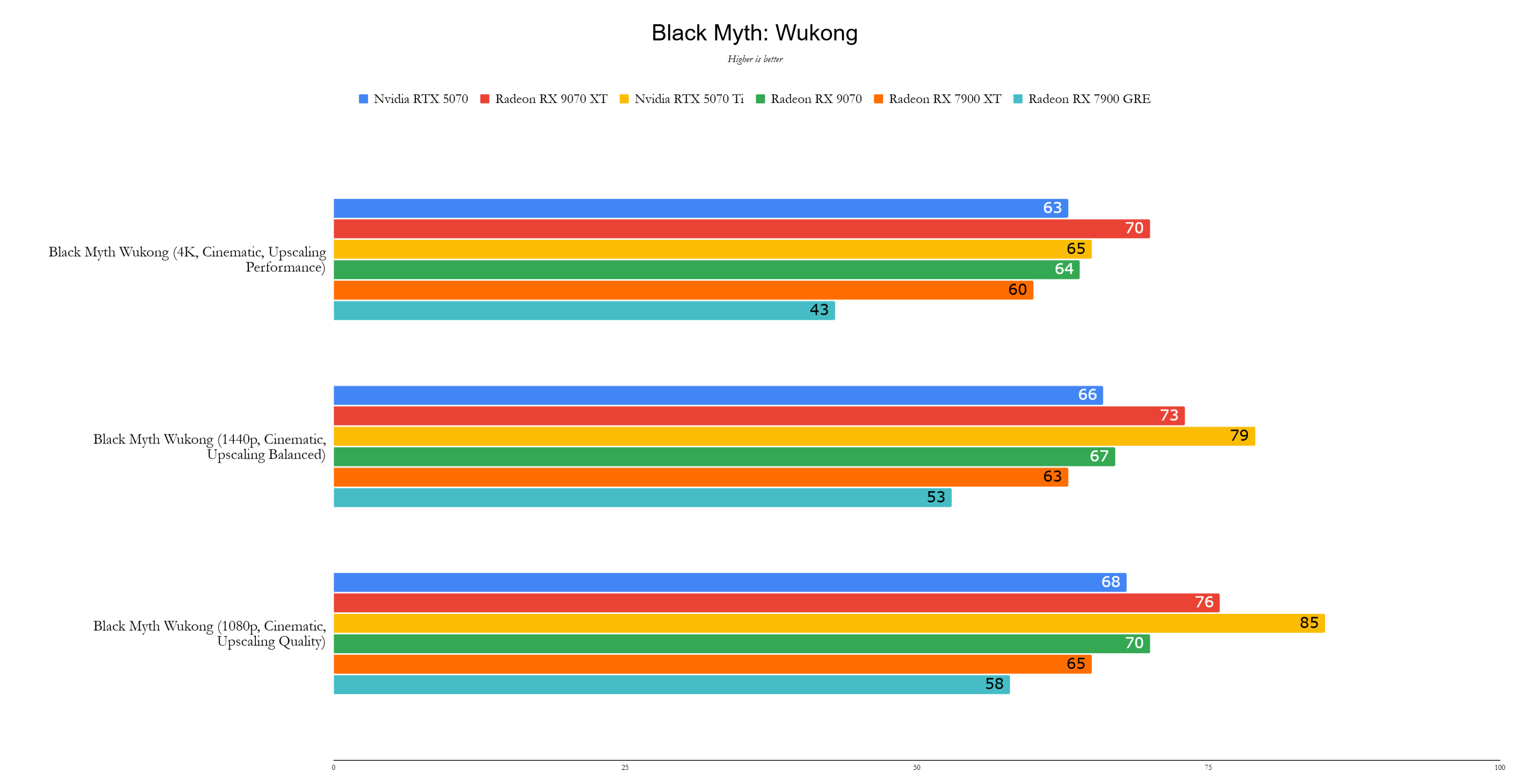 11 Images
11 Images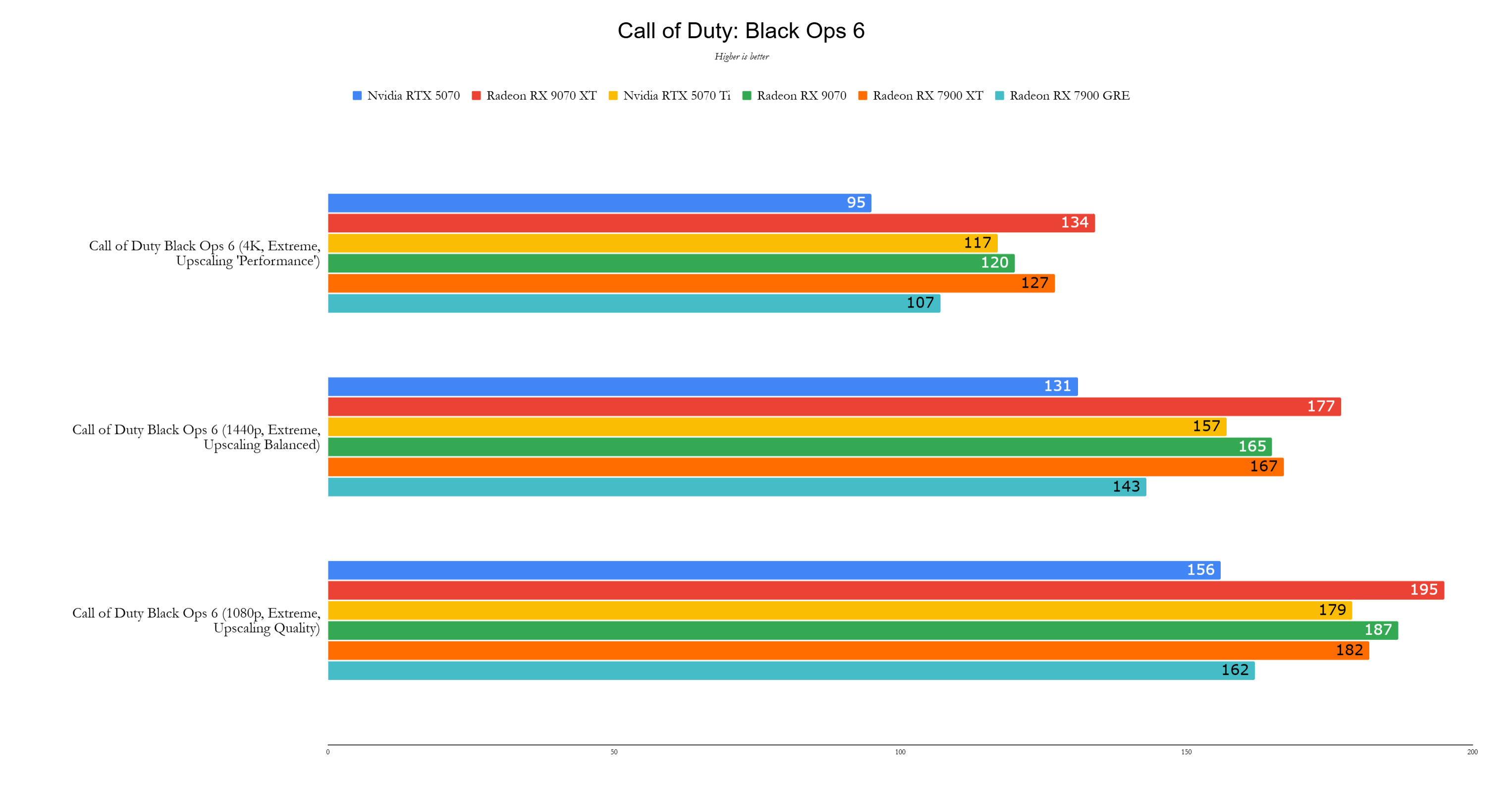
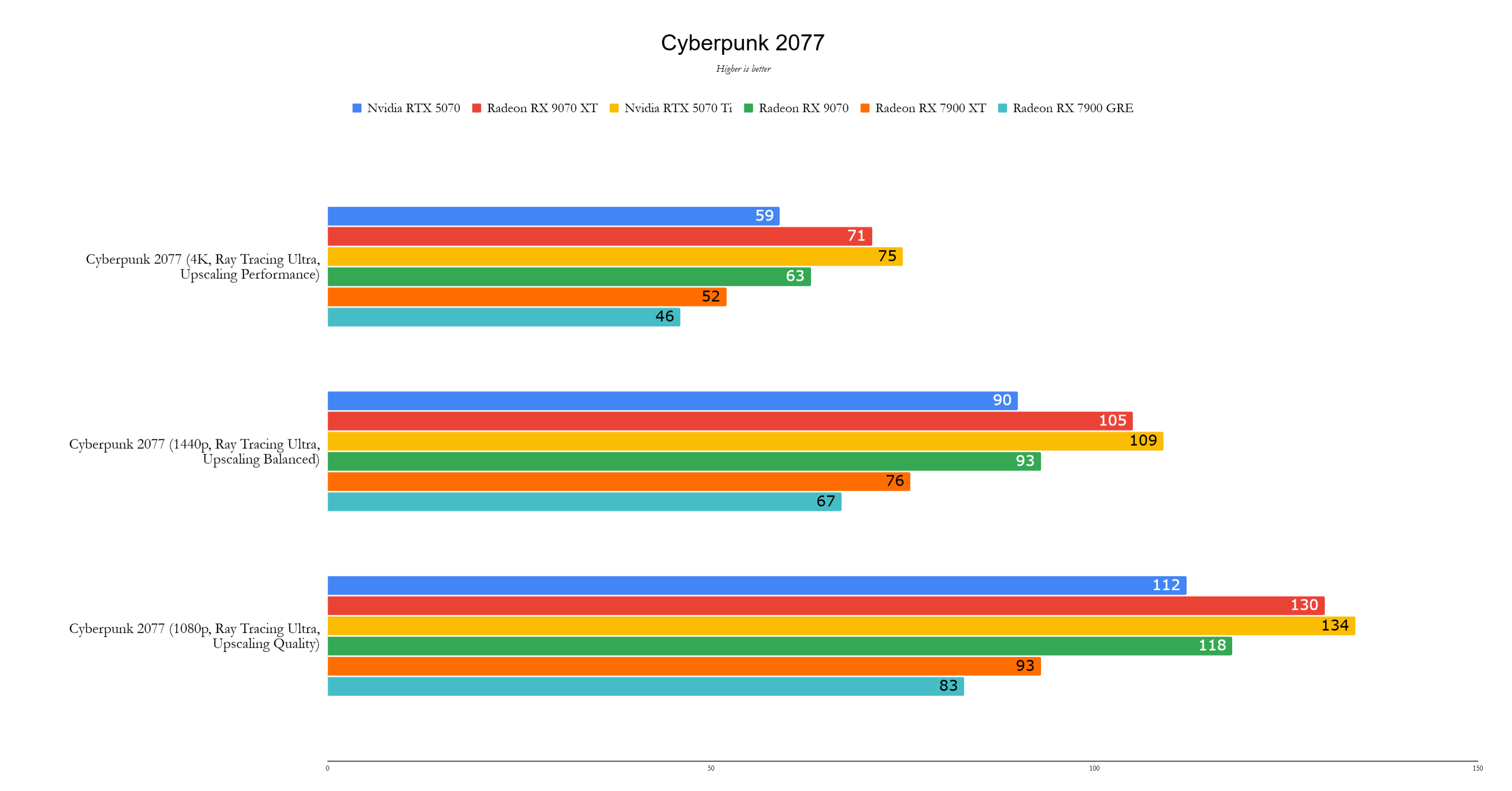
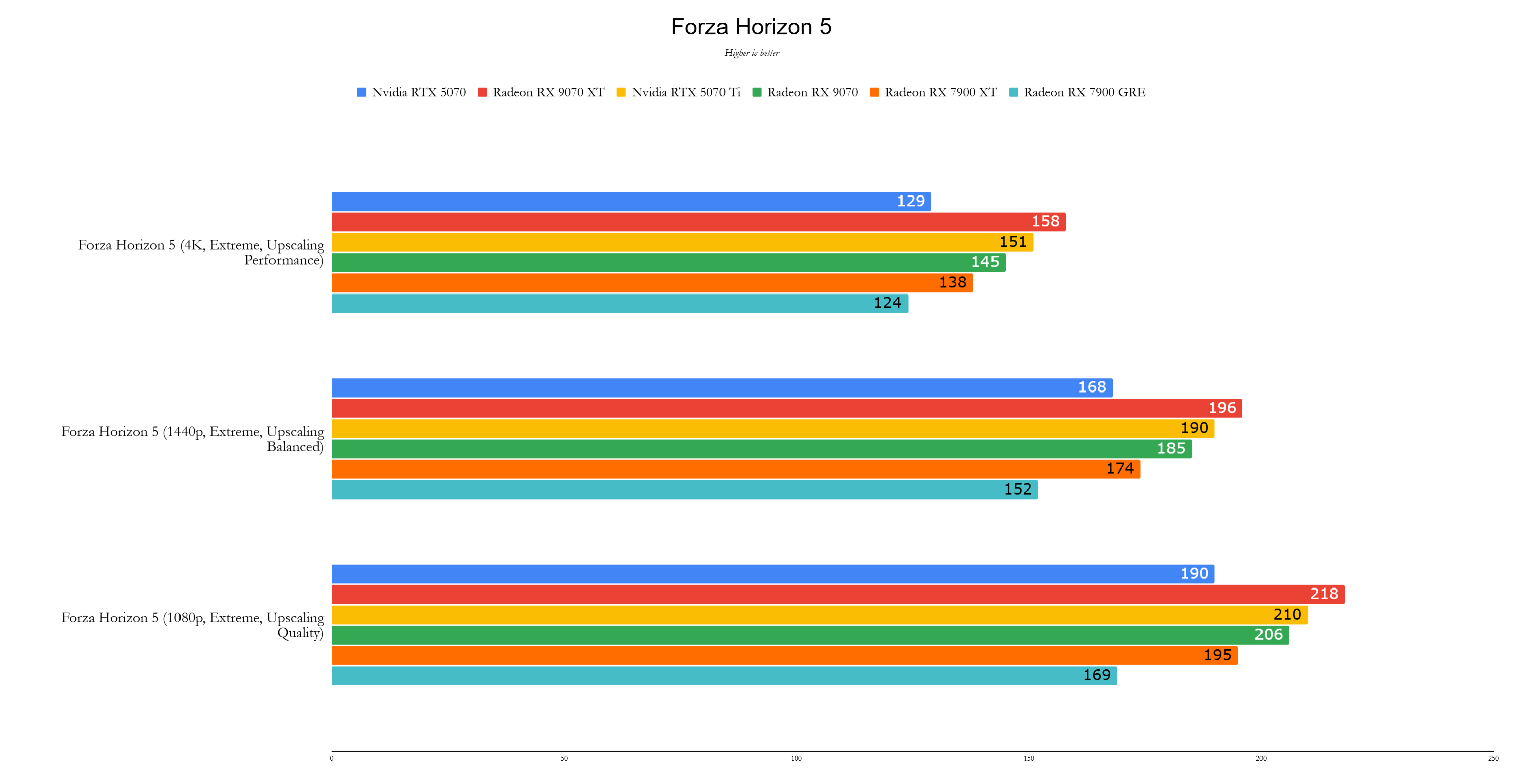
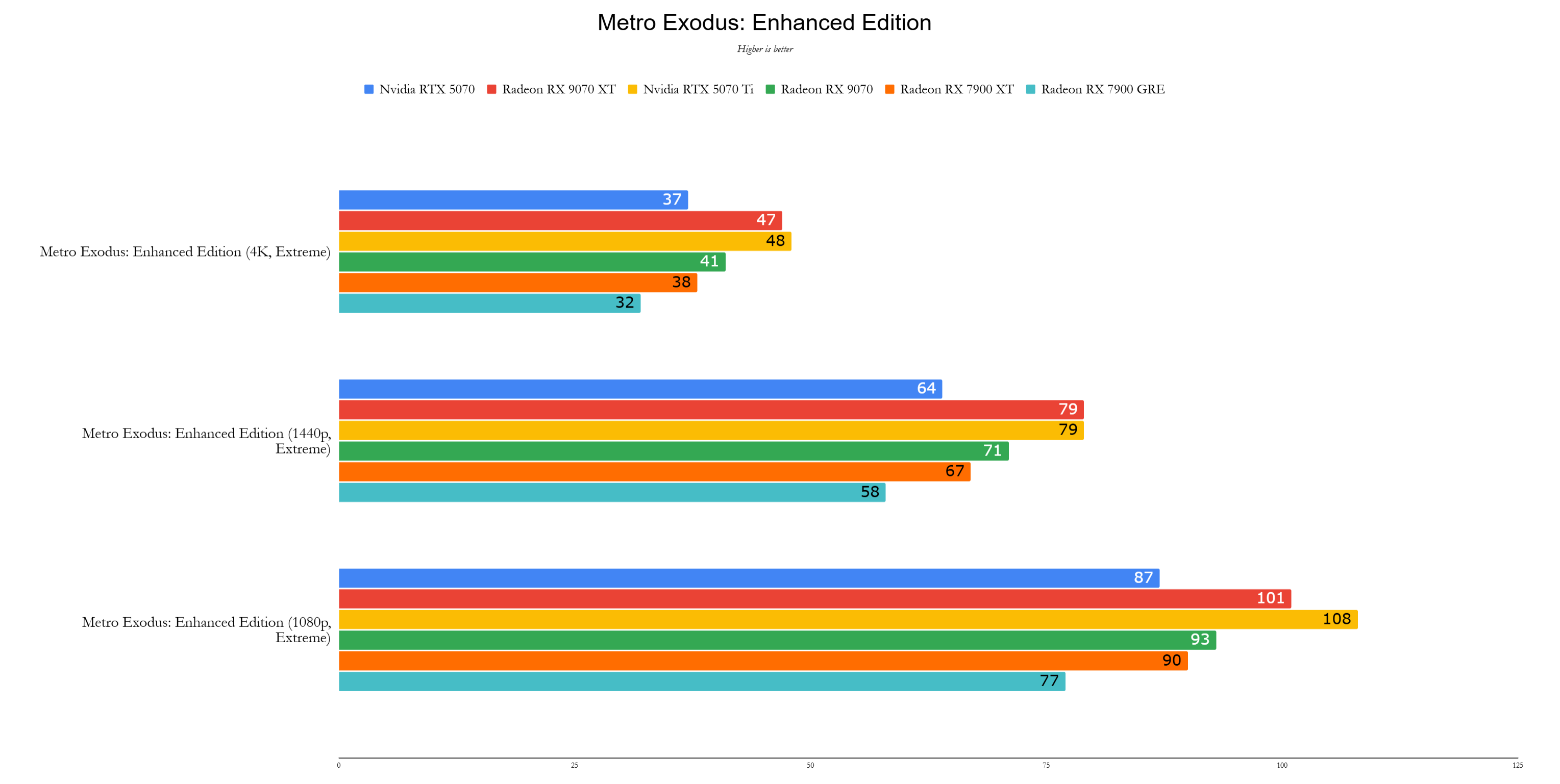
Performance
At $549, the RX 9070 directly challenges the RTX 5070, consistently outperforming it at 1440p by an average of 12%. It also significantly surpasses the RX 7900 GRE (22% lead), a remarkable improvement given the 30% reduction in cores. Note that this review uses a factory-overclocked version, boosting clock speed by approximately 7%, resulting in a 4-5% performance increase.
Testing utilized public drivers (Nvidia Game Ready driver 572.60 and AMD Adrenalin 24.12.1, with review drivers for the RX 9070, 9070 XT, and RTX 5070).
3DMark benchmarks show a near tie with the RTX 5070 in ray-traced tests, but a significant 20% lead in non-ray-traced tests.
In game benchmarks, the RX 9070 demonstrates strong performance across various titles, often exceeding the RTX 5070 and RX 7900 GRE. Notable leads are observed in Call of Duty: Black Ops 6, Cyberpunk 2077, Metro Exodus, Red Dead Redemption 2, and Assassin's Creed Mirage. Total War: Warhammer 3 and Black Myth Wukong show closer results. Forza Horizon 5 also showcases a substantial performance advantage.
The RX 9070's superior performance and 16GB VRAM make it a more future-proof and cost-effective option compared to the RTX 5070, even if their performance were perfectly matched.
-
Best Deals on AMD Radeon RX 9070 and 9070 XT Prebuilt Gaming PCs Starting at $1350
Mar 31,2025 -
Best Buy Launches AMD Radeon RX 9070, 9070 XT Gaming PCs
Mar 29,2025 -
AMD Radeon RX 9070 XT Review
Mar 22,2025 -
AMD Ryzen 9 9950X3D Review
Mar 21,2025 -
The Powerful AMD Zen 5 9950X3D, 9900X3D, and 9800X3D Gaming CPUs Are Now Available
Mar 21,2025 -
The Best Deals Today: PS Portal, PS5 DualSense Controllers, New AMD Ryzen X3D CPUs, New iPad Air
Mar 19,2025 -
Where to Buy the Phenomenal AMD Radeon RX 9070 and 9070 XT Graphics Cards
Mar 15,2025
-
1

Arise Crossover Trello and Discord
Mar 16,2025
-
2

Eighth Era celebrates 100,000 downloads with a limited-time Era Vault event
Mar 17,2025
-
3

Google Play Awards 2024 winners include Squad Busters, Honkai: Star Rail, and more
Jan 09,2025
-
4

Select Quiz lets you test your knowledge across multiple topics
Mar 17,2025
-
5

Roblox: DOORS Codes (January 2025)
Jan 07,2025
-
6

Which Starter Should You Choose in Pokemon Legends: Z-A?
Mar 16,2025
-
7

Animal Crossing: Pocket Camp Complete - Where to Farm Snacks
Jan 08,2025
-
8

GTA Online Celebrates St. Patrick’s Day with Free Gifts and Bonuses
Mar 17,2025
-
9

Slither, Compete and Outlast Your Opponents in New Game Snaky Cat
Feb 26,2025
-
10

Sakamoto Puzzle Unravels in Japan
Jan 27,2025
-
Download

Magnet Hero
Action / 45.6 MB
Update: Feb 11,2025
-
Download

Bulma Adventure 2
Casual / 57.55M
Update: Mar 09,2024
-
Download

!Ω Factorial Omega: My Dystopian Robot Girlfriend
Casual / 245.80M
Update: Sep 10,2024
-
4
FrontLine II
-
5
IDV - IMAIOS DICOM Viewer
-
6
ALLBLACK Ch.1
-
7
Red Room – New Version 0.19b
-
8
Escape game Seaside La Jolla
-
9
Color of My Sound
-
10
beat banger













